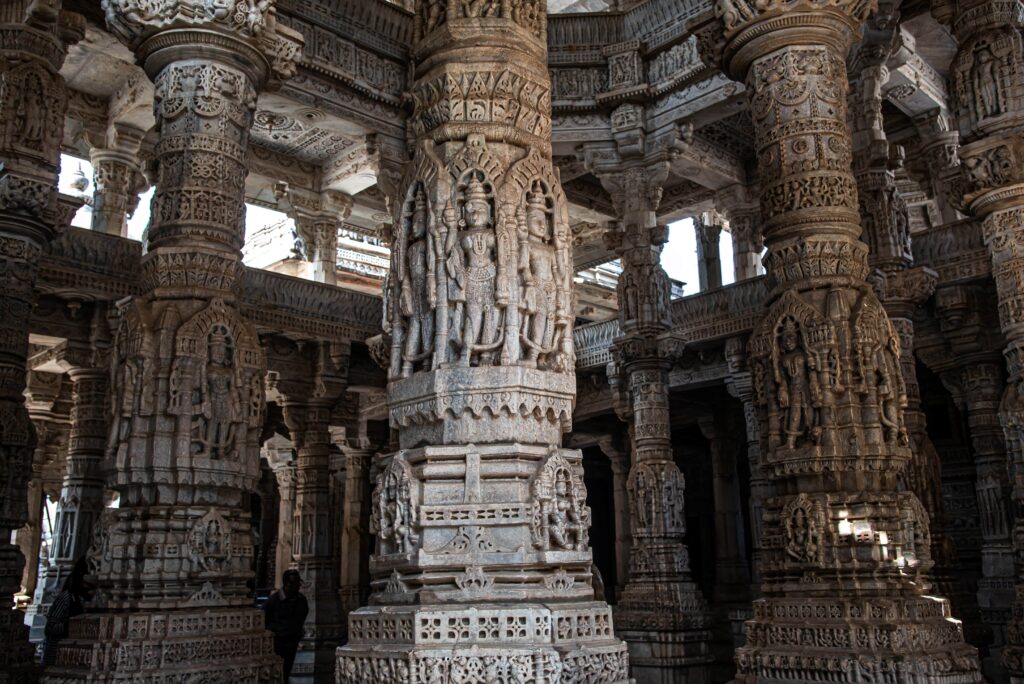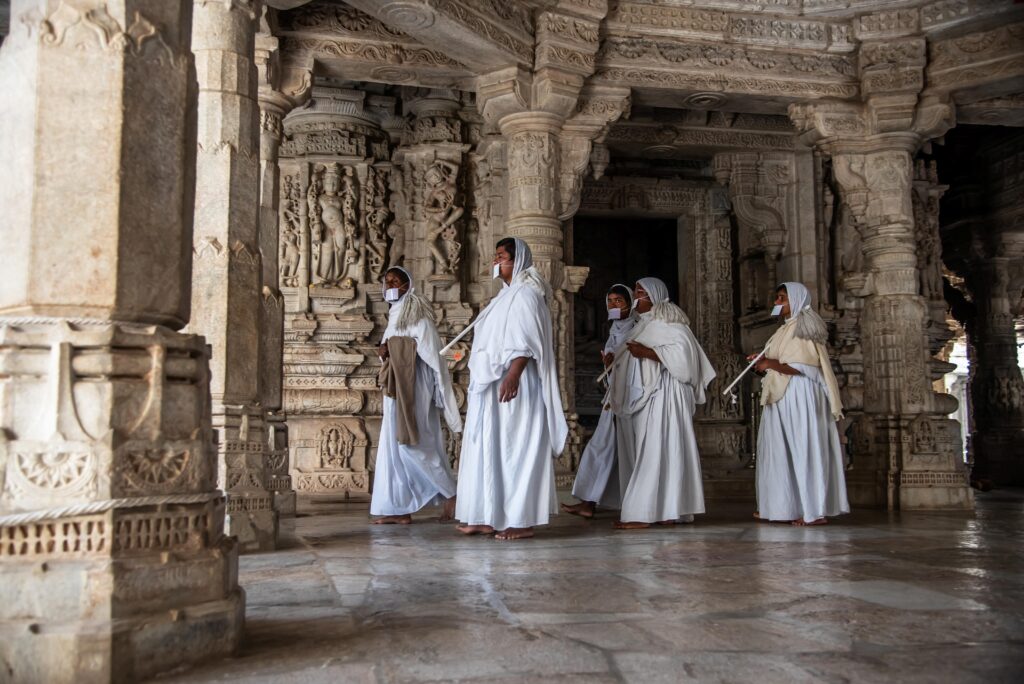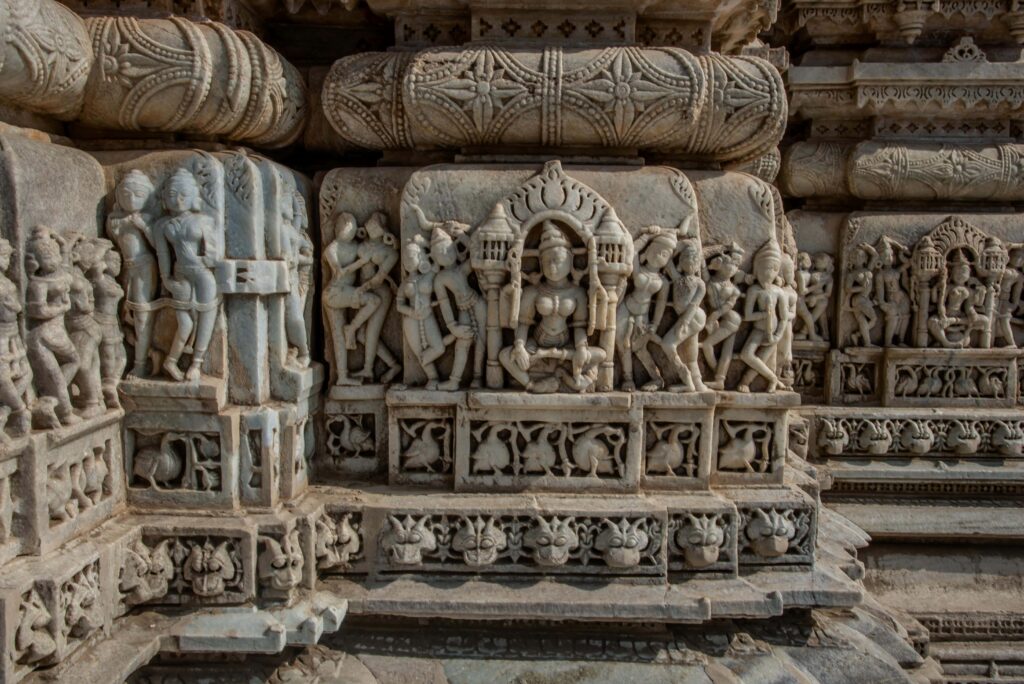There are mornings that feel like whispers of history, where time slows down and the stones around you begin to speak. My visit to Itimad-ud-Daulah in Agra, often lovingly called the Mini Taj, was one such morning. As I stepped through the grand sandstone gateway and the monument revealed itself in white marble glory, I felt an instant hush within me — the kind that only places layered with history and beauty can evoke.
The First Glimpse: Marble That Glows in the Morning Sun
The pathway leading to Itimad-ud-Daulah is straight and deliberate, lined with neat gardens and cypress trees. The red sandstone under my feet slowly gave way to a vision of intricate marble — almost as if the Taj Mahal had left behind a delicate younger sibling. With the morning light kissing the inlay work, the monument shimmered in subtle shades of ivory and gold.
They call it the “Baby Taj,” but standing before it, I realized it was far more than just a prelude to its grand cousin. It was intimate, poetic, and deeply personal.
Stories Etched in Stone
Every inch of Itimad-ud-Daulah’s walls is a storyteller. The geometric lattices, floral motifs, and pietra dura inlay work make you pause and lean closer, as if reading a fine manuscript. As I wandered along the corridors, my camera couldn’t stop clicking — capturing not just the patterns but also the patience and devotion of artisans from a bygone era.
Inside, the frescoes and wall paintings spoke of Mughal imagination in softer tones — vases overflowing with flowers, delicate vines curling along the arches, and tiny birds painted with such care they seemed alive. Unlike the overpowering grandeur of larger monuments, this felt like an artist’s diary — tender, heartfelt, and timeless.




A Window to the Yamuna
Stepping into the chamber that opens towards the Yamuna River was another moment of quiet reflection. Tourists around me paused too, some slipping into silence, others capturing the river framed against arched windows. I stood there, watching the Yamuna glisten under the daylight, thinking of Noor Jahan who commissioned this tomb for her father, Mirza Ghiyas Beg. A daughter’s love had built this — and that love was still alive in every carved marble panel, every painted corner.
Photography and Stillness
As a photographer, Itimad-ud-Daulah was a delight. The symmetry of Mughal architecture, the play of light and shadow on white marble, and the sheer intimacy of the setting made every angle worth capturing. From wide shots of the monument rising against the sky to close-ups of its exquisite carvings, the camera felt almost too small a tool to contain its beauty.
But beyond the frames, it was the stillness that stayed with me. This was not just another tick on a tourist’s list — this was an invitation to slow down, to let history breathe through your lens and your heart.
Walking Away, Carrying Stories
As I walked back through the gates, leaving the “Mini Taj” behind, I felt lighter yet fuller. Places like these do that to you — they give you silence, art, and stories you didn’t know you needed.
If the Taj Mahal is a monument to eternal love, Itimad-ud-Daulah is a monument to intimate love — quieter, humbler, but no less powerful. And perhaps that’s why it deserves its own morning, its own visit, and its own place in your heart.

Leave a reply